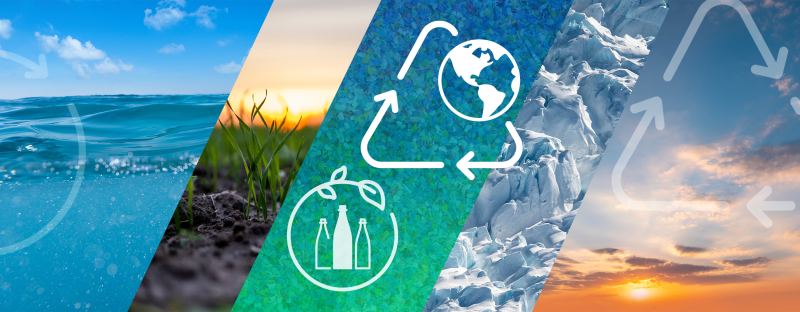Essential Insights
-
Massive Plastic Waste: Humans produce approximately 400 million tons of plastic waste annually, with much of it migrating from landfills to various ecosystems, posing significant environmental threats.
-
Research on Soil Impact: Studies led by researchers are investigating how discarded plastics alter soil health and contribute to climate-warming gas emissions as they decompose and interact with microorganisms.
-
Understanding Urban Streams: Researchers are examining how plastic litter moves through urban waterways and its interactions with ecosystems, aiming to enhance litter tracking and management strategies.
- Plastic in Oceans and Atmosphere: Ongoing studies in the ocean and Arctic are assessing how plastic alters carbon cycles and potentially toxic chemicals leach into the atmosphere, highlighting the widespread impact of plastic pollution on air, water, and ice environments.
Plastic waste presents a pressing challenge, permeating our environment in alarming ways. This issue affects ecosystems and human health. As researchers explore innovative solutions, the National Science Foundation (NSF) has funded five projects that shed light on the implications of plastic waste.
First, consider the findings from the City University of New York and Columbia University. They study how plastic in soils alters climate-gas emissions. The team observes how microscopic processes break down plastic, eventually transforming it into gases. This work may reveal significant insights into soil health and climate change.
Next, research from the University of Vermont examines urban streams littered with plastic. Using time-lapse photography, scientists track how discarded items accumulate. By understanding where plastic moves and settles, researchers aim to enhance cleanup efforts. Their work could reshape litter management strategies.
In the ocean, Northeastern University’s team studies the interaction between plastic and carbon at the ocean’s surface. As plastic accumulates, its carbon may alter the surface ocean carbon cycle. Understanding these changes can help scientists evaluate the broader impacts of plastic on marine ecosystems.
Further north, research in the Arctic reveals another dimension of plastic pollution. Microplastics, often originating from larger debris, infiltrate sea ice in remote regions. These scientists aim to discover how microplastics affect sea ice dynamics and whether their presence accelerates ice melting. Their insights are crucial for addressing climate change’s far-reaching effects.
Finally, researchers at the University of California San Diego focus on plastic additives in the atmosphere. When plastics degrade, toxic chemicals can evaporate into the air. Understanding how these elements travel could inform public health policies and air quality improvement.
These NSF-driven projects paint a vivid picture of plastic’s multifaceted impact. They forge new pathways for understanding waste’s influence on our planet. By investigating these connections, researchers contribute to the ongoing conversation about sustainability. Their findings may catalyze practical solutions for reducing plastic’s footprint and safeguarding our environment for future generations.
Expand Your Tech Knowledge
Dive deeper into the world of Cryptocurrency and its impact on global finance.
Stay inspired by the vast knowledge available on Wikipedia.
TechV1

